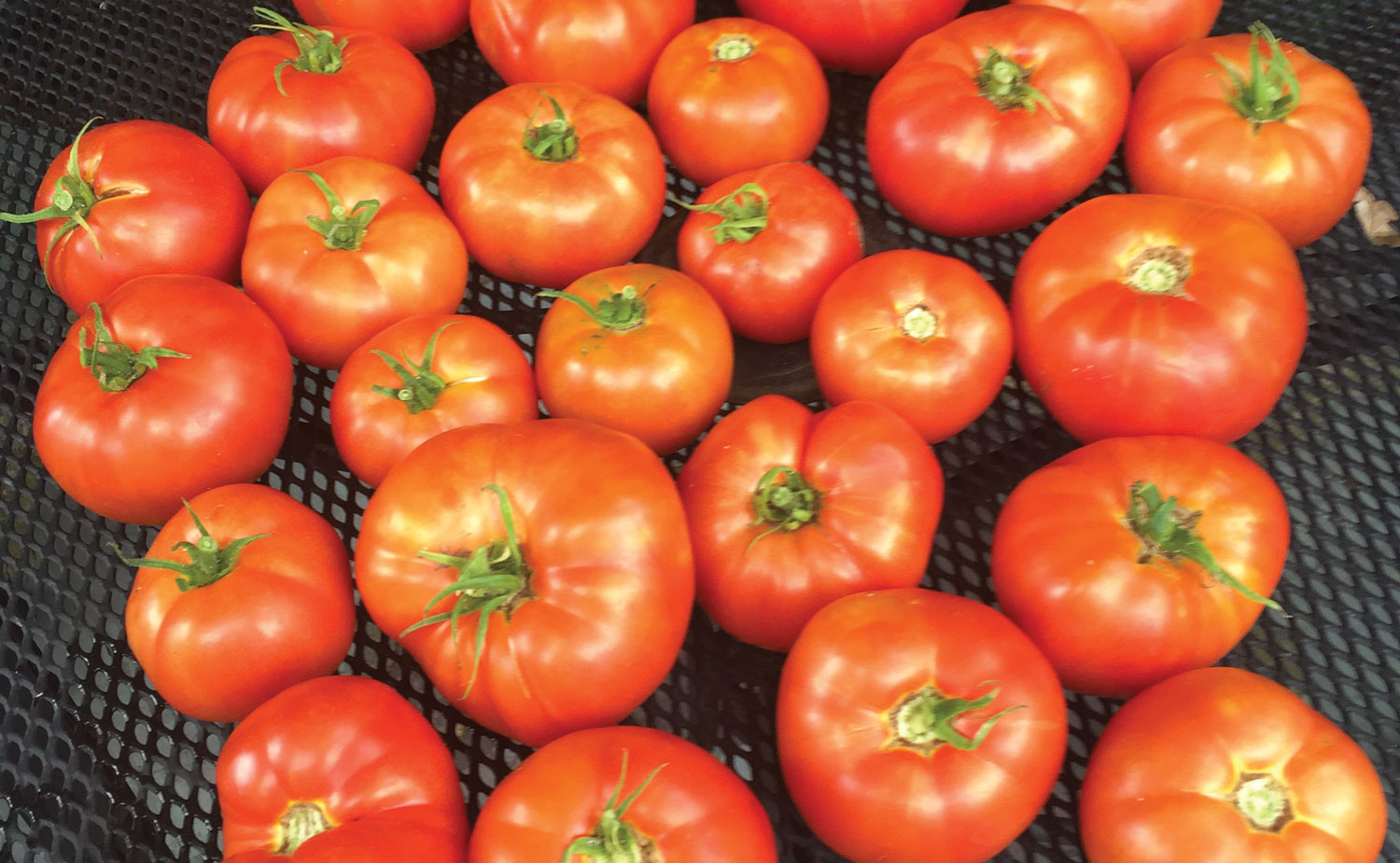How to Start a Home Garden
As we prepare for a season filled with stops at our neighborhood farmers market or local CSA pickup, we’re also getting the itch to create our own gardens at home. While the planting and maintenance can sometimes feel more like a labor than a love, the nutritious bounty and the pride that comes along with cultivating it yourself is unmatched.
That’s why Mt. Lebanon resident Mike Hren planted his own garden for the last two years. “We love the fresh food, and I love the creative process of growing it,” Hren says. “I think it also sets a good example for our three boys.”
Caring for his tomatoes and peppers came with a constant commitment and a few learning curves along the way. During his first year, Hren did his homework and knew to give his tomatoes plenty of water every day and as much sunshine as possible. “I actually put our garden in front of our house because that’s the only place we get full sun,” Hren says. “The more sun, the better.”
But even with all of those preparations, he still fell victim to a Western PA gardener’s biggest enemy. “The first year, we did not put up any real protection, and the deer ate all of the tomatoes just as they were finally ripening,” he says. “Last year, I put up a very fine, six-foot mesh. That solved the deer problem.”
As he continues to learn the tricks of the trade along the way, Hren already has the most important rule of gardening down: having fun! There’s no better way to make a real connection with the earth, add a little extra goodness to the environment, and provide fresh, nutritious foods for our families. Plus, the dynamite pizzas he creates using a homemade sauce made from his homegrown tomatoes adds another notch in the pros column!

Gardening seems to run in the family down at Soergel Orchards, too! Here are Randy Soergel's tips for planning and executing a bountiful veggie garden this season:
- • When purchasing seeds for your spring crops, be sure to buy enough for your fall planting. Lettuce, spinach, broccoli, and cauliflower can be difficult to find in July, so plan accordingly!
- • Try things you have never tried before! Raising potatoes in an old waste basket on your porch or deck can be fun. Try planting a cherry tomato plant in a hanging basket as well.
- • For tomatoes and peppers, Dave Will, Soergel Orchards garden center manager, says it is better to wait and plant a little bit later, such as the first week of June. The soil temperature should be warmed up enough for the plants to flourish. Tomatoes and peppers need a warm soil temperature, as well as a warm air temperature. Will has found that tomatoes and peppers planted later yield more produce than those that are planted in May.
- • The use of black film in the garden underneath your tomato plants will keep the weeds down. It also helps conserve water by trapping it under the plastic and making it available for the tomatoes themselves.
- • If you have never used a stirrup hoe for weeding your garden, then you need to try one. Its design makes cutting the roots of the weeds easy and effective while also cutting the time spent weeding in half! — Sierra Smith





